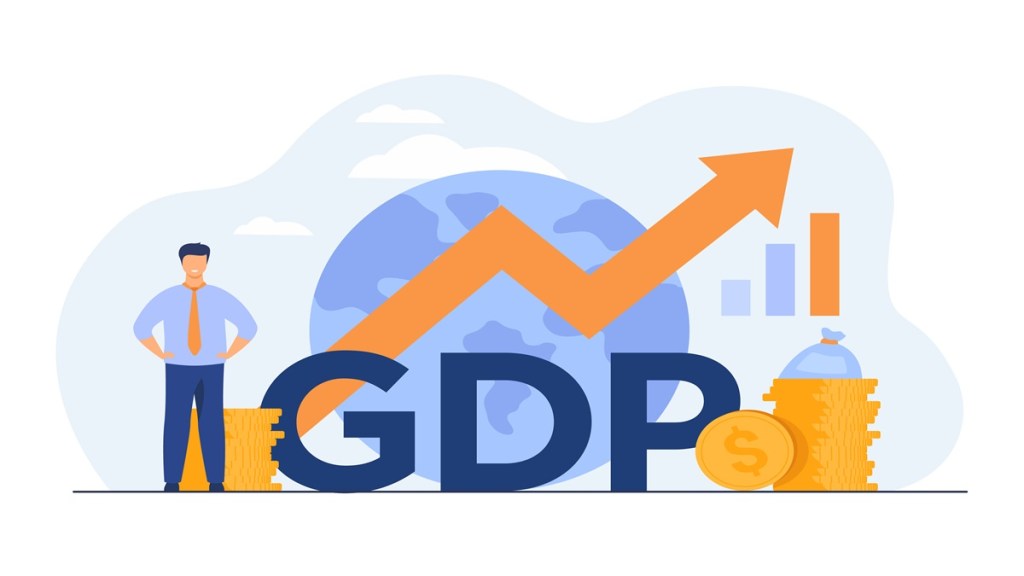The first Budget by the Modi 3.0 Cabinet is done and dusted. You may deliberate on whether it is a hit or a miss but according to UBS, the biggest plus is that a sovereign ratings upgrade is in the offing for India. Given that India’s economy is in a sweet spot, UBS says the lower deficit number surely enhances the elbow room for improving India’s scope for sustained medium-term growth.
How RBI’s dividend windfall changed the calculation?
In fact one of the most striking aspects of the Budget was the fiscal deficit number. While the Interim Budget had made a projection of the deficit being at 5.1%, the full Budget for FY25 announced a significantly lower deficit target of 4.9% for the same period. What exactly happened in 5 months to enable the Government to set a target that’s 20 bps lower than the previous one?
Well, this is where the whopping Rs 2 trillion plus RBI dividend transfer and lower subsidy bill comes to play. The Finance Minister, in her Budget Speech, reiterated that the government would continue to take the fiscal deficit to below 4.5% of GDP by FY26. Additionally there was also mention that FY27 onwards, they will shift to a new medium-term fiscal consolidation path linked to reduction in central government debt (as % of GDP). “We think this will give them greater flexibility to decide on an appropriate fiscal trajectory. We expect a sovereign rating upgrade for India (currently rated at the lowest investment grade) by at least one of the three rating agencies over the next 18-24 months,” says Tanvee Gupta Jain, UBS India Economist.
What’s the fiscal deficit and how does it indicate the health of the economy?
In very simple terms fiscal deficit means the shortfall or the gap between expenditure and earnings of the Government . It is projected as a percentage of the GDP. Essentially the deficit indicates the extent to which the Government is spending over its income. This gap is filled by borrowings. As with your home budget, too much borrowing interferes with savings and increases stress. So lesser the deficit, the better.
Revenues Vs Expenditure, where is the money going?
Now the next point is where this money would be spent. Both the revenue growth and expenditure plan has been revised by the Finance Minister. It means the Government is balancing out higher inflow with additional expenses.
The Government estimates that FY25 gross tax revenue growth will be around 10.8% YoY. This, according to UBS, “assumes a tax buoyancy of 1.1 in FY25BE (vs. 1.4 in FY24 on better economic growth prospects, higher formalisation and better tax compliance) and there is room for upside surprise later.” Jain pointed out that “the government continued to rely on one-off revenue receipts including higher RBI dividend transfer(Rs 2.3 trillion) and the divestment proceeds (Rs 500 bn).”
Meanwhile the headline capital expenditure growth targets for FY25 were largely retained at 17% YoY compared to the interim budget. Expenditure growth is estimated to pick up by 8.5%YoY (vs. 5.9%YoY in FY24). Compared to the interim budget, the subsidy bill increased by Rs187 bn to Rs 4.3 trillion. Jain explained that “the revenue expenditure (ex-interest ex-subsidy) as % of GDP increased marginally to 6.5% in FY25 Budget Estimates versus 6.3% in the interim budget but was lower than 6.7% of GDP registered in FY24. This increase was largely led by increased allocation towards labour, employment and skill development, credit-linked subsidy schemes amongst others.”
How does it help make a case for upgrade?
What this does is create a better ground for the country to undertake structural reforms. “Considering the Indian economy has been in a sweet spot lately, we believe pursuing counter-cyclical fiscal policy should help strengthen India’s macroeconomic stability and create a foundation for strong medium-term growth.” Jain reiterated. This in turn helps India’s prospects to move up the ladder from the current “lowest investment grade” status to a relatively more attractive investment rating.

